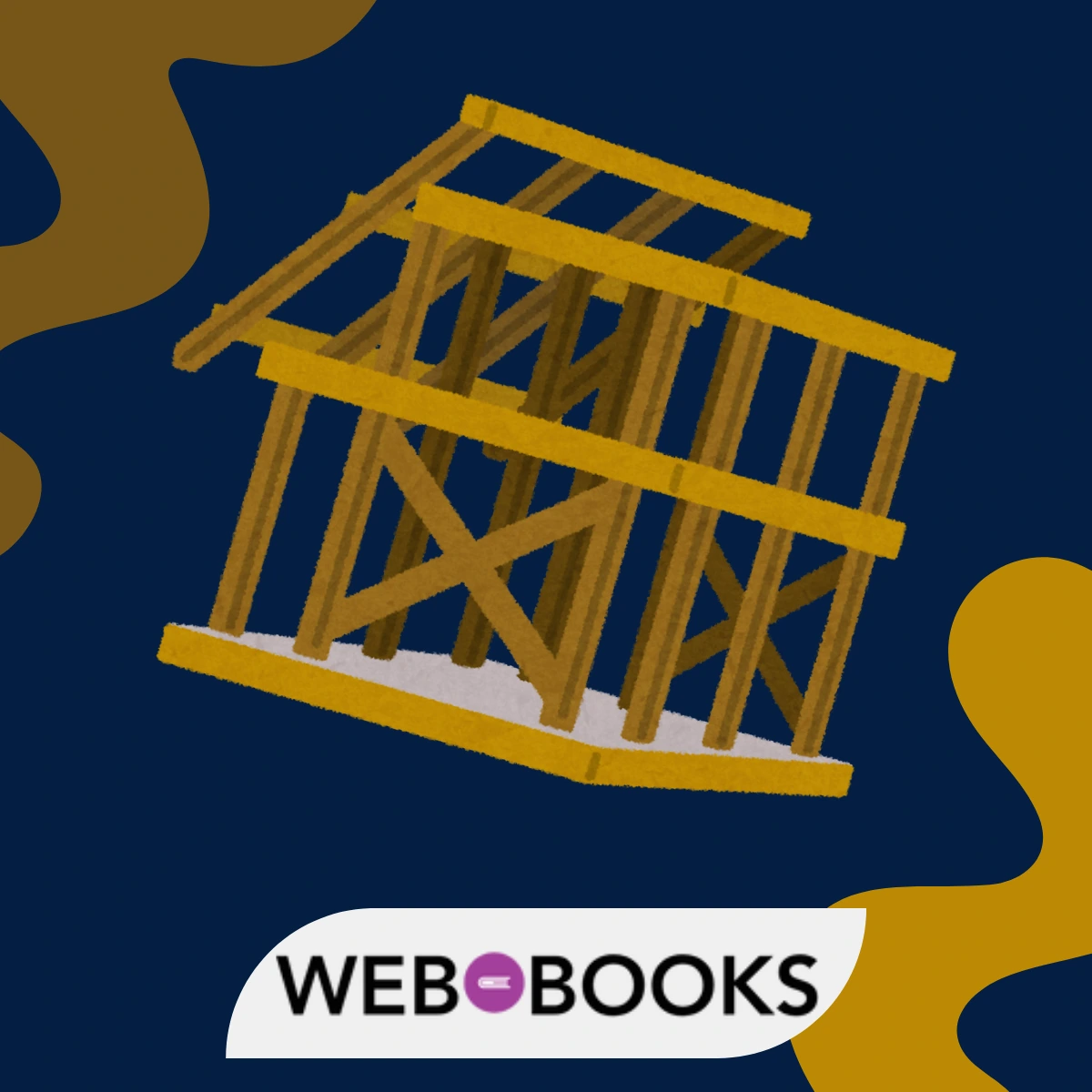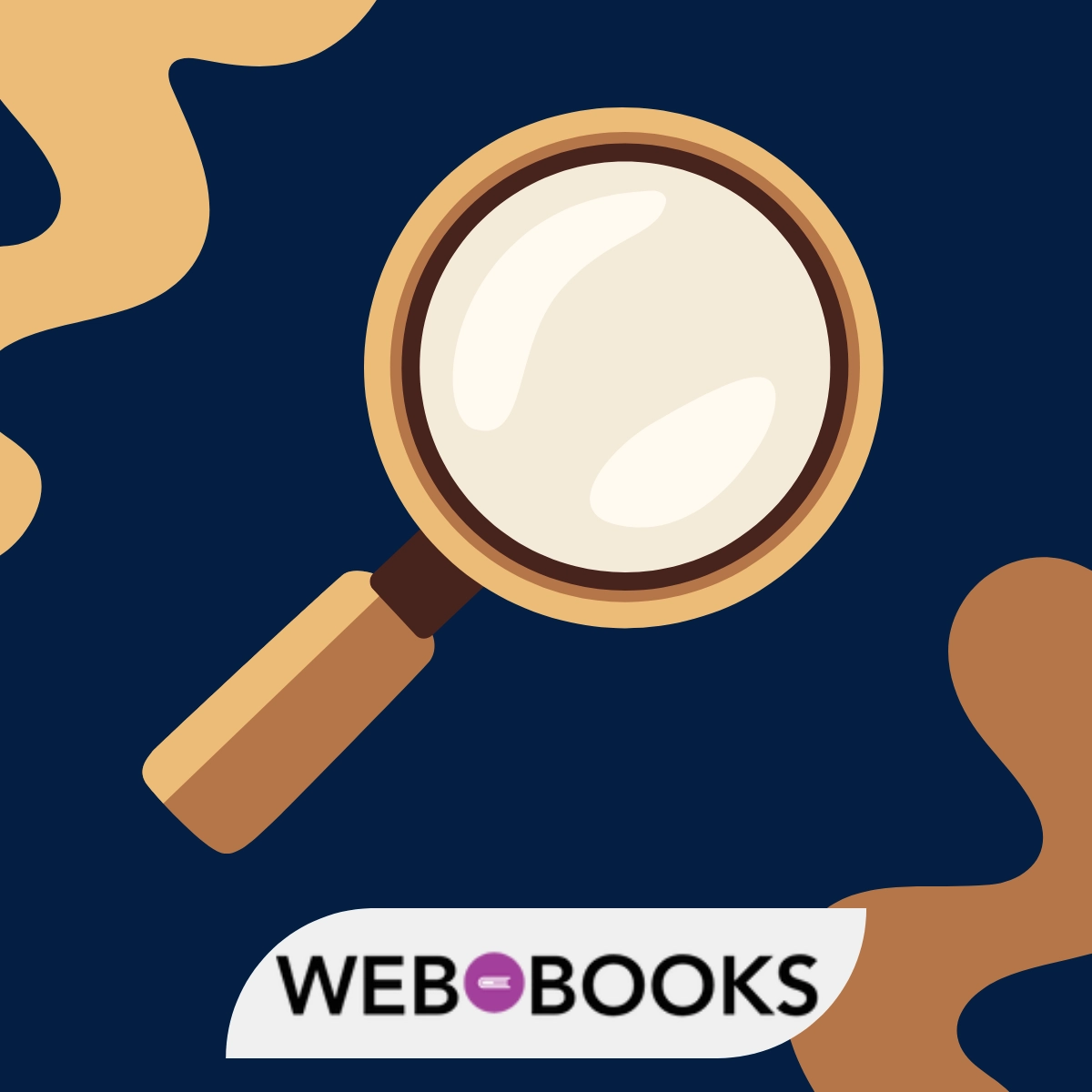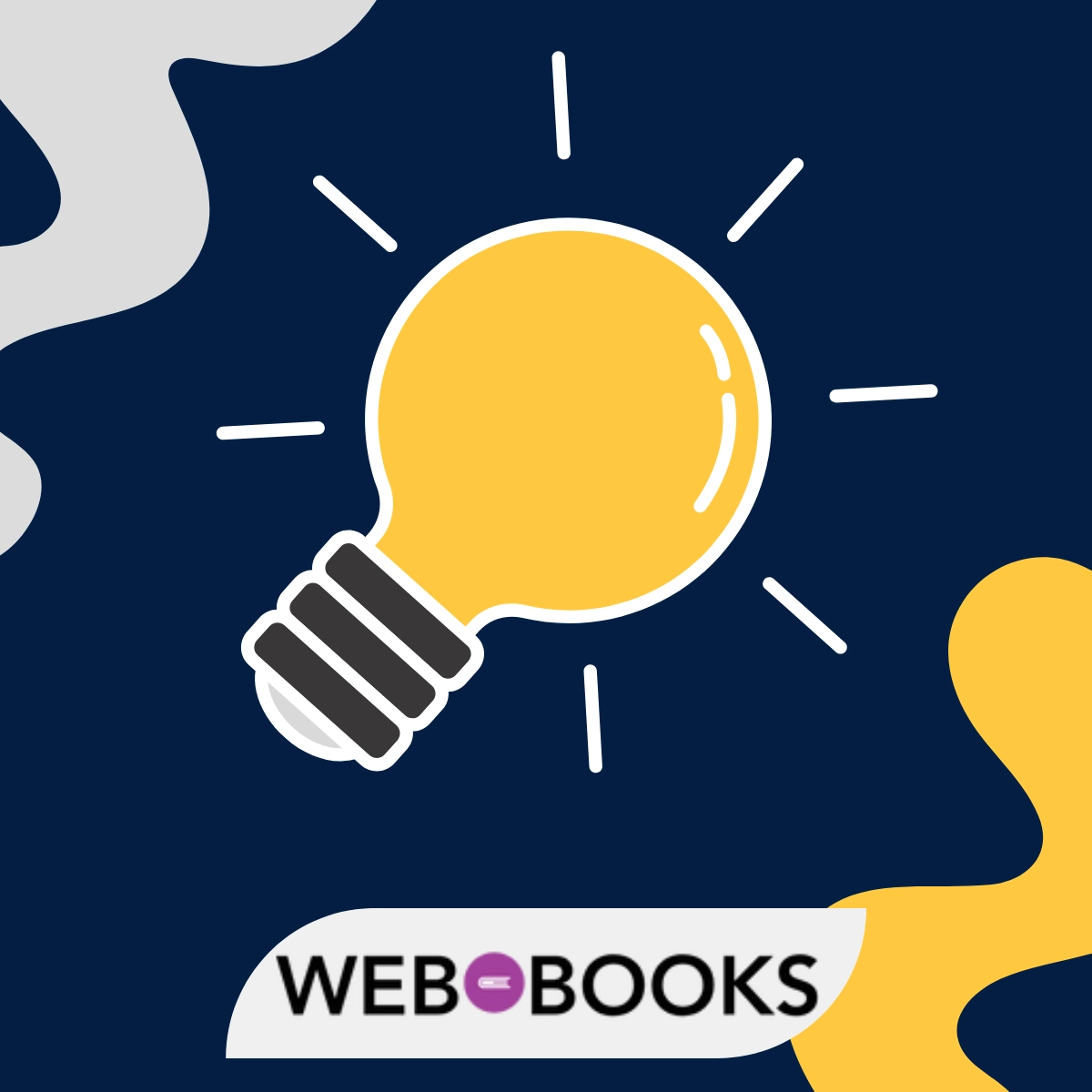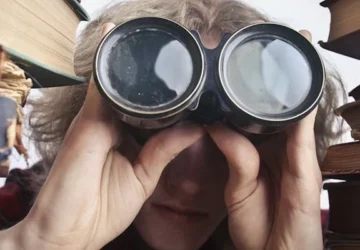
How to Read Academic Literature Effectively
Reading an academic journal article is not like reading a novel. It is not like reading a blog post.
It is a completely different activity.
A novel invites you in. A blog post gives you its point quickly. An academic paper, by contrast, is a fortress. It is dense, written in a specialized code, and it does not care about your comfort. It is built to defend a single, specific argument against the attacks of other experts.
If you try to read an academic article from the first word to the last, you will fail. You will get lost in the methodology. You will get bored. You will not retain the information.
So, how to read academic literature effectively?
The answer, proven by decades of research in education and cognitive psychology, is that you stop “reading” and you start dissecting. It is not a passive process. It is an active, multi-stage “interrogation” of the text to extract its core components.
This is not a “hack.” This is the system. It is a synthesis of proven methods, from the classic SQ3R method developed by education psychologist Francis P. Robinson at Ohio State University in the 1940s, to the “Three-Pass Method” perfected by computer scientist S. Keshav at the University of Waterloo.
Here is the four-step process to read academic literature like an expert.
Step 1: The Orientation
You must know the destination before you start the journey. Never read a paper from the beginning. A linear read is the single most inefficient way to approach an academic text.
The goal of this step is to understand the paper’s entire argument in less than five minutes.

1. Start with the Abstract. The abstract is not the introduction. It is a complete summary of the entire paper. It is the “map” of the fortress. It tells you the Problem, the Method, the Results, and the Conclusion. After reading the abstract, you should already know the author’s main point.
2. Read the Conclusion next. The conclusion is the “destination.” This is where the author explicitly states what they believe they have proven and what it means. Reading the conclusion immediately after the abstract locks in your understanding of the argument. You now know the beginning and the end.
3. Read the Introduction. Now you can read the introduction. The introduction’s job is to tell you why this paper exists. It answers the question, “So what?” It will identify the “gap” in the existing research that this paper is trying to fill.
At the end of this five-minute step, you should be able to answer three questions:
-
What problem is this paper trying to solve?
-
What is the author’s one-sentence main argument?
-
What is their conclusion?
If you cannot answer these, do not proceed. Read the abstract again.
Step 2: The Architecture

Now that you know the destination (the conclusion) and the route (the abstract), you need to map out the fortress walls.
The goal of this step is not understanding. It is structure.
In this pass, you will “skim” the paper, but in a very specific way. Your goal is to build a “skeleton” of the argument in your mind.
1. Read all Headings and Subheadings. This is the single most important part of the skim. The author has given you a content map. “Introduction.” “Methodology.” “Results.” “Discussion.” This shows you the logical flow of the argument.
2. Read the First Sentence of Every Paragraph. This is a critical technique. The first sentence of an academic paragraph (or “topic sentence”) is almost always the main point of that paragraph. The sentences that follow are evidence for that point. By reading only the first sentence of each paragraph, you are, in effect, reading a “secret” summary of the entire paper. You are seeing the full, logical chain of the argument without getting bogged down in the data.
3. Look at All Figures, Tables, and Graphs. In scientific papers, the real results are in the tables and figures. Look at them. Read their captions. What is the X-axis? What is the Y-axis? What is the “trend” this graph is showing? Often, the entire paper’s argument is visualized in a single graph.
At the end of this 10-15 minute step, you have the paper’s full “skeleton.” You know how the author has constructed their argument, from the introduction to the conclusion.
Step 3: The Interrogation
This is the “work.”
This is the deep dive. But you are not a passive reader. You are an active, skeptical, and engaged interrogator. The goal is not to “absorb” the text; it is to have a dialogue with it.
This is where the research of cognitive psychologists like Dr. Daniel Willingham at the University of Virginia becomes critical. Willingham famously stated that “memory is the residue of thought.” If you just read the words, your brain does no “thought,” and you will not remember anything.
Active reading is how you force your brain to think.

1. Read with a Pencil (or a Digital Commentator). You must not read passively. You must physically engage with the text. Underline, circle, and, most importantly, write in the margins.
2. You are a Co-Author, Not a Student. Your job is to question everything. Do not accept a single sentence at face value.
-
When the author makes a claim, ask: “Where is the evidence?”
-
If you see data, ask: “Is this a strong sample size? Is this a weak conclusion from this data?”
-
If you read a point, ask: “Does this contradict what they said in the introduction?”
-
Write “Agree,” “Disagree,” “Weak point,” or “YES!” in the margins.
3. Paraphrase Everything. This is the most powerful technique. When you read a long, dense, jargon-filled sentence, stop. Force yourself to re-write its meaning in “dumb” or simple terms in the margin.
Text: “The epistemic framework of post-structuralism obviates the hegemonic narrative of universal truth.” Your Note: “He means ‘ideas are not ‘true’ for everyone, and we should question who gets to decide what ‘truth’ is.'”
If you can’t paraphrase it, you don’t understand it.
Step 4: The Synthesis

You are not finished when you read the last word. The final step is to own the information. This means moving it from the “page” into your brain.
This is the “Review” step in Robinson’s SQ3R, and it is the “Third Pass” in Keshav’s method.
1. Use the Feynman Technique. This method, named after Nobel Prize-winning physicist Richard Feynman (Caltech), is the ultimate test of understanding.
Put the paper away. Take out a blank sheet of paper (or open a blank document). At the top, write the paper’s title. Now, try to explain the entire paper its core argument, its methodology, and its conclusions in your own, simple words. As if you were teaching it to a first-year student or a 10-year-old.
2. Identify Your Gaps. You will inevitably get stuck. You will say, “And then they… um… they did something with the statistics…”
That is the “gap” in your understanding.
This is where you go back to Step 3. You re-read only that one section of the paper, and you “interrogate” it until you can explain it simply.
3. Write a One-Paragraph Summary. The final act is synthesis. Write one, final, definitive paragraph that summarizes the paper. This forces your brain to condense all the complex ideas into a coherent, tight package. This is the “residue of thought” that you will remember.
From Reading to Understanding
You do not “read” an academic paper. You “dissect” it.
This 4-step system (Orientation, Architecture, Interrogation, Synthesis) is how you turn a dense, intimidating fortress into a building you understand.
It is not a “hack.” It is a proven, disciplined methodology. It is the work. It is the only way to move past the simple, passive act of seeing words and into the active, complex, and rewarding process of understanding them.
This system is how you build a smarter, more critical, and more analytical mind.
Recommended for you

Best Biographies of Influential Figures
What makes a biography “great”? The simple answer is “accuracy.” A good biography, we assume, is one that gets all the facts right. It has the correct dates, the verified quotes, the detailed footnotes. This answer is true, but it is incomplete. It is the answer for a historian, not a reader. A simple collection […]

Philosophy Books That Change Worldviews
Some books are entertainment. Some are information. A very small few are dynamite. They don’t just add to what you know; they change how you know it. They are philosophy books that change worldviews by locating the hidden assumptions you live your life by the very foundations of your “common sense” and putting a metaphorical […]

How Fiction Can Support Learning and Imagination
For centuries, a persistent myth has haunted our perception of reading. It is the myth of the “serious” versus the “frivolous.” In this binary, non-fiction is the “serious” stuff. It is the realm of facts, history, science, and learning. Fiction, on the other hand, is cast as the “frivolous” sibling. It is entertainment. It is […]

Travel Through Pages: Literature for Explorers
What defines “literature for explorers”? The easy answer is a story about a journey. A book that moves, that chronicles a voyage from a safe harbor to a wild, unknown land. We think of travelogues, memoirs, or survival stories. But this definition is incomplete. It’s too literal. A true story for explorers is not just […]

What Hobby to Start: Finding Joy in Your Free Time
You don’t need a makeover to feel more alive—you need a habit you look forward to. Two hours a week sketching city corners, a dawn loop around the park, or a Sunday bake that feeds three lunches can shift your mood, your energy, and your calendar. The question behind “What Hobby to Start: Finding Joy […]

What Is Close Reading and Why It Matters in Modern Education
We are drowning in words. We read more today than at any other point in human history. We scroll through articles. We skim headlines. We digest hot takes, social media posts, and endless comment threads. Our brains, rewired by the digital age, have become incredibly efficient at one specific skill. Skimming. We have trained ourselves […]

Choosing Textbooks for First-Year Students
Becoming a first-year university student involves a series of new, confusing, and often expensive decisions. None is more immediate or frustrating than your first trip to the campus bookstore. You are handed a list of required texts for your five new classes, and the total at the bottom of the receipt could easily fund a […]

Top Books for Medical Students
Medical school is an onslaught of information. You will spend the next four years (and beyond) immersed in a world of complex facts, intricate diagrams, and high-stakes exams. Your primary focus, understandably, will be on mastering the science of medicine. But becoming a great doctor requires more than just knowing the Krebs cycle or the […]